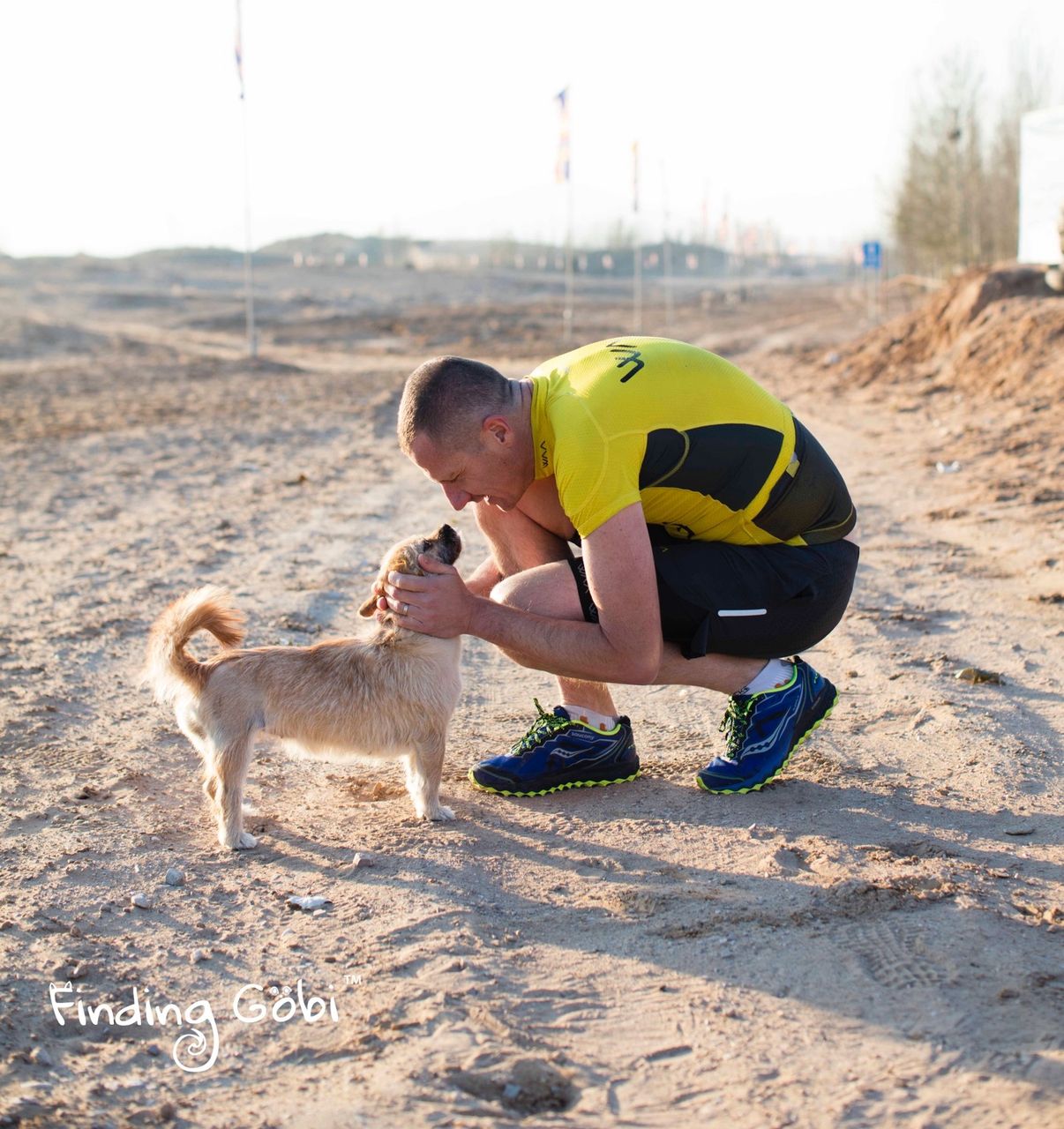The story of Dion Leonard, an ultramarathon runner, and Gobi, the stray dog he encountered during a race across the Gobi Desert, has gained widespread attention. This bond, formed in a challenging environment, has inspired a series of books, bringing their narrative of companionship and perseverance to readers.
The setting for this remarkable story is the Gobi Desert, a vast and often unforgiving landscape spanning northern China and southern Mongolia. Contrary to popular images of sandy deserts, much of the Gobi consists of bare rock, gravel plains, and rugged mountains.
It is known for extreme temperature fluctuations, with scorching daytime heat often dropping to freezing temperatures at night, and minimal annual precipitation. Ultramarathons, races longer than the traditional 26.2 miles, often take place in such remote and difficult terrains, challenging athletes over distances like 155 miles (250 km) across multiple stages. These events demand not only immense physical endurance but also significant mental fortitude and self-sufficiency, as aid stations can be sparse.
Dion Leonard, an Australian-British endurance athlete, was an experienced ultramarathon runner, having competed in some of the world’s toughest races. Before meeting Gobi, Leonard had a challenging personal history, which he has shared in his memoir, indicating that his past experiences shaped his resilience and determination.
He was competing in a 250 km, multi-stage race across this harsh desert when the small, sandy-colored stray dog began to follow him, an unexpected companion in an already grueling challenge.
How Dion met Gobi
Their initial encounter occurred on the second day of the 155-mile Gobi March ultramarathon in June 2016. At the starting line, Dion noticed a small dog attempting to chew on his gaiters, which are protective covers for shoes used in sandy conditions.
He initially tried to shoo her away, concerned about damage to his gear that could affect his race. However, the dog was persistent, returning to him. When the starting gun fired, the dog ran off with the other competitors.
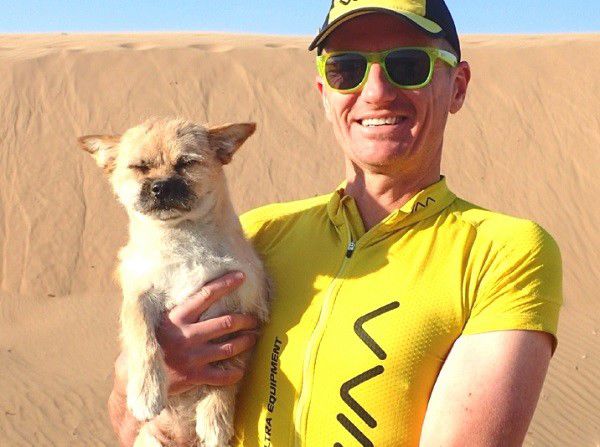
To Leonard’s surprise, the dog continued to run alongside him for the entire 25-mile second stage of the race. Despite her small size, Gobi displayed remarkable endurance, keeping pace with the experienced runner through the heat and rugged terrain.
At the end of that day, the dog followed Leonard into his tent and slept by his side. It became clear to Dion that this dog had chosen him. During the third stage, which was 26 miles long, Leonard even carried Gobi across water barriers when she was unable to cross on her own.
This act of kindness solidified their bond, and it was during this stage that Leonard named her “Gobi,” after the desert where they met. Gobi ultimately ran approximately 77 miles of the 155-mile race alongside Dion.
The story unfolds in print
Dion Leonard has authored multiple works about their journey. The primary memoir, “Finding Gobi: The True Story of a Little Dog and an Incredible Journey,” provides an account for adult readers, detailing the challenges, their connection, and the international effort to reunite them.
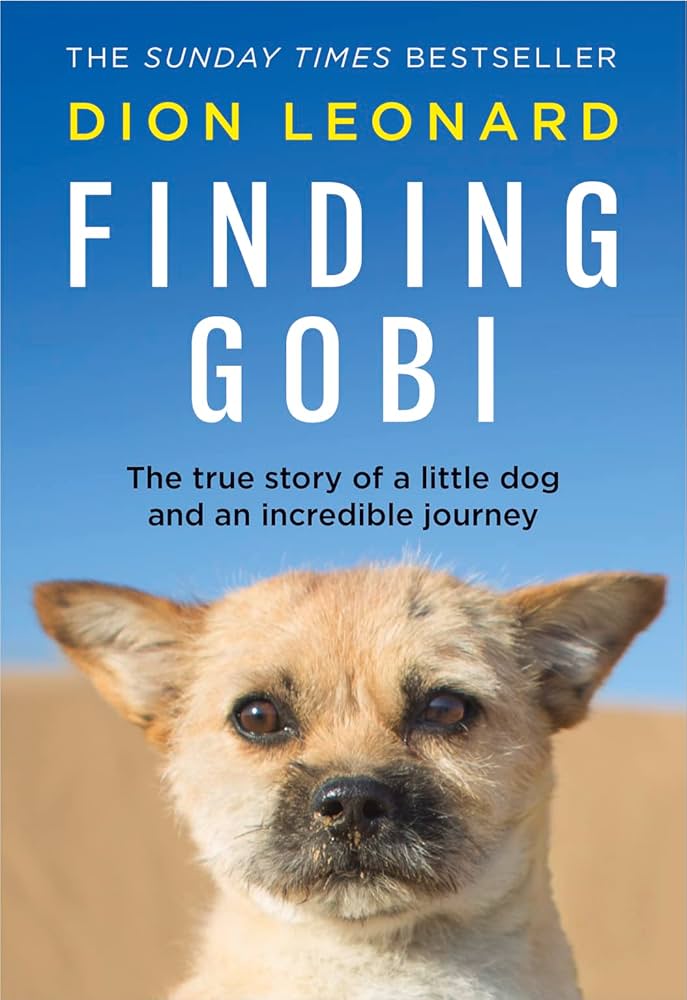
As Leonard reflected, “Little did I know at the time that this little dog who came out of nowhere would change my life and her life forever.” He also stated, “I finished second in the race, but adopting Gobi was better than any medal around my neck.”
Recognizing the broad appeal of their story, Leonard also created versions for younger audiences. The “Finding Gobi: Young Reader’s Edition” is an adapted version for children typically aged 8-16. For younger children, a picture book, “Gobi: A Little Dog with a Big Heart,” presents the tale with illustrations.
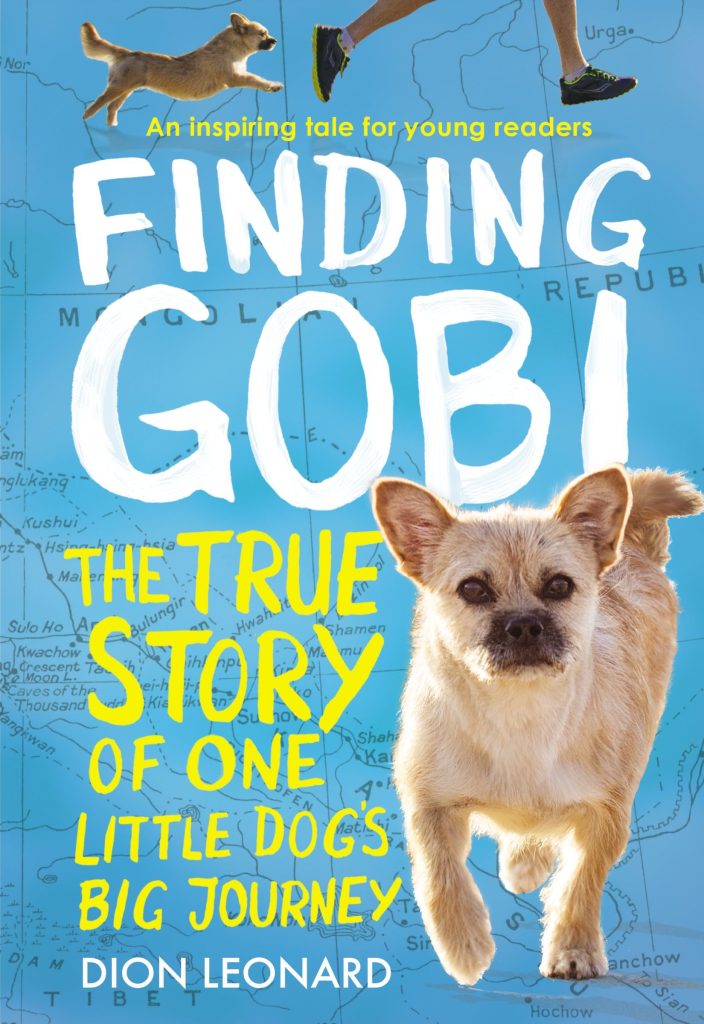
The narrative also extends to interactive formats like “Where’s Gobi? Seek & Find,” an activity book. Leonard has further expanded the story’s world with a fiction book, “Lara the Runaway Cat,” featuring Gobi’s sister cat.
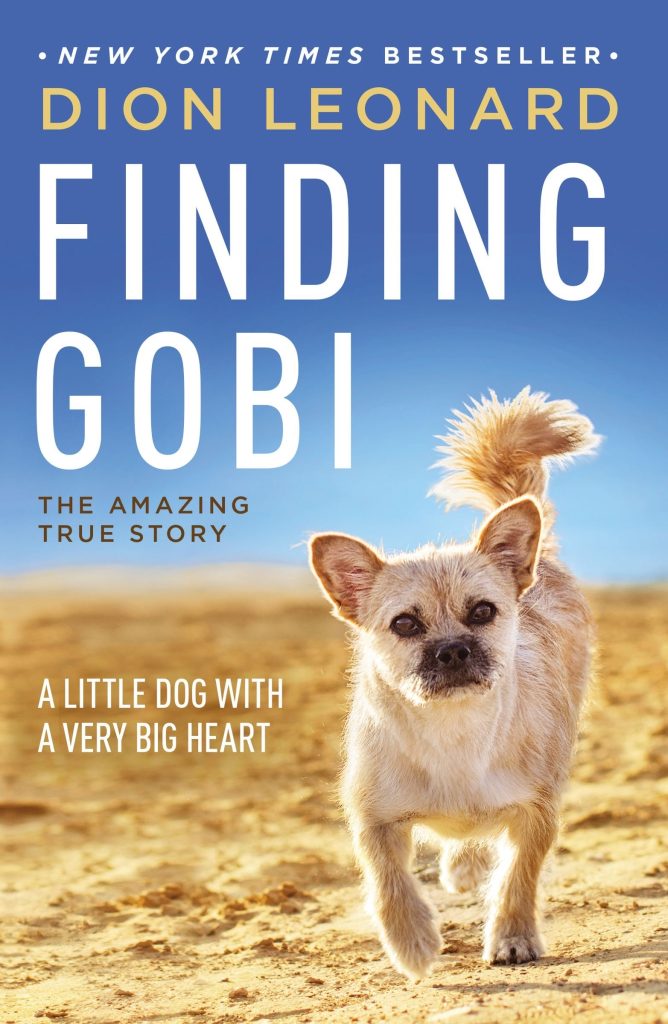
The impact of Dion and Gobi’s story stems from its themes of friendship, resilience, determination, and the human-animal bond. These elements have resonated with a wide audience, leading to its feature in various media and its use as an inspirational narrative in educational and public settings.
As Leonard expressed, “They say it takes a village to raise a child. I think it takes almost half a planet to rescue a dog.” He also noted, “When I met Gobi, she was a young, hungry stray, but filled with determination and loyalty.”


